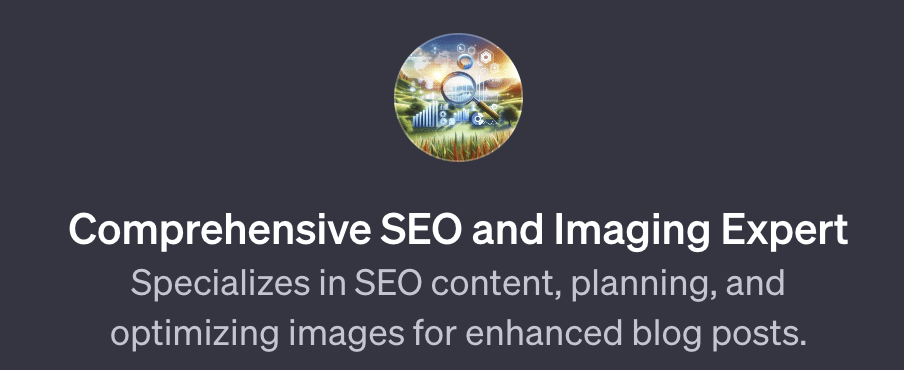Understanding E-A-T in SEO
In the realm of search engine optimization (SEO), E-A-T refers to Expertise, Authoritativeness, and Trustworthiness. These three factors are crucial for establishing the credibility and visibility of a website in search engine rankings. E-A-T plays a vital role in enhancing website credibility, improving online presence, and increasing organic traffic.
E-A-T holds immense importance in the field of SEO. Search engines like Google prioritize websites that exhibit expertise, authority, and trustworthiness in their respective industries. By optimizing for E-A-T, website owners and content creators can significantly improve their search rankings and establish themselves as reliable sources of information.

Get your own GTP'S software plugin for a lifetime price
Understanding E-A-T Components
- Expertise: Expertise refers to the knowledge and qualifications possessed by the content creators or authors. It is crucial to showcase expertise by providing comprehensive and accurate information in the content. For instance, a healthcare website should have content written by medical professionals with experience in the field. Demonstrating expertise helps build credibility and trust among the audience.
- Authoritativeness: Authoritativeness is gained through reputable backlinks and references from other authoritative sources. When other trustworthy websites link to your content, it signals to search engines that your website is an authoritative source of information. Building authority takes time and effort, but it significantly impacts search engine rankings and the credibility of your website. For example, a financial blog can establish authority by being cited by renowned financial institutions.
- Trustworthiness: Trustworthiness is essential for gaining the confidence of users and search engines alike. It can be achieved by ensuring the accuracy and reliability of the content. Including user reviews, testimonials, and transparent information about the website and its authors can help build trust. By providing valuable and trustworthy content, you can increase user confidence and improve conversion rates. A travel website can enhance trustworthiness by displaying genuine user reviews and testimonials.
Optimizing On-Page Factors for E-A-T
To optimize your website for E-A-T, there are several on-page factors to consider:
- Creating high-quality and trustworthy content: It is crucial to provide accurate and reliable information. Cite reputable sources and references to support your claims and avoid misleading or controversial content. By focusing on delivering valuable and trustworthy content, you can establish yourself as a reliable source of information. For example, an educational website can provide in-depth and well-researched articles supported by references from reputable academic sources.
- Showcasing expertise: Highlight the qualifications and experience of the authors or contributors on your website. Include author biographies and credentials to demonstrate their expertise. Ensure that the expertise aligns with the content topic to build credibility and trust with your audience. For instance, an e-commerce website selling fitness products can showcase the expertise of personal trainers and fitness experts who endorse their products.
- Enhancing user experience: Improving the overall user experience of your website is an important aspect of E-A-T optimization. Optimize page loading speed, ensure mobile responsiveness, and implement clear and user-friendly design elements. A positive user experience not only improves E-A-T signals but also encourages users to engage with your content. For example, an online recipe website can enhance user experience by providing clear and concise instructions, well-formatted recipes, and easy navigation.
Optimizing Off-Page Factors for E-A-T
Optimizing off-page factors can further enhance your website's E-A-T signals:
- Acquiring authoritative backlinks and mentions: Build relationships with reputable websites and influencers in your industry. Earn natural and high-quality backlinks from relevant sources. Gaining recognition as a trusted source through external references helps establish your website's authority and credibility. For instance, a technology blog can earn authoritative backlinks by collaborating with well-known tech companies and being referenced in respected tech publications.
- Leveraging social media presence: Build a strong social media following and engage with your audience. Share valuable and informative content on social platforms to establish yourself as an expert in your field. Encourage user interaction and feedback through social media channels to further build trust and credibility. For example, a fashion brand can leverage its social media presence to engage with followers, share fashion tips, and respond to user inquiries.
Monitoring and Measuring E-A-T Progress
To track and measure your progress in optimizing E-A-T, consider the following steps:
- Tracking E-A-T metrics: Utilize tools and analytics platforms to monitor website performance. Measure website traffic, user engagement, and conversions. By tracking these metrics, you can identify areas for improvement and optimization. Regularly analyze the data to understand the impact of your E-A-T efforts and make informed decisions.
- Adjusting and maintaining E-A-T standards: Regularly update and refresh your content to ensure its accuracy and relevance. Respond to user feedback and address any concerns promptly. Staying updated with industry trends and best practices helps maintain high E-A-T standards. Continuously adapt your strategies based on the evolving needs of your target audience.
Case Studies: Successful E-A-T Implementations
- Example 1: Website A: Website A implemented E-A-T strategies and witnessed improved search rankings. They showcased expertise through comprehensive content and author bios, establishing themselves as a reliable source of information. Additionally, they built authority through backlinks from reputable sources, further enhancing their E-A-T signals. As a result, they experienced increased organic traffic and improved visibility in search engine rankings.
- Example 2: Website B: Website B focused on building trustworthiness through transparency and user testimonials. By earning recognition as a trusted source in the industry, they experienced increased user engagement and conversions. They actively encouraged user feedback and testimonials, which further strengthened their credibility. Their emphasis on E-A-T played a significant role in their success.
Conclusion: Harnessing E-A-T for SEO Success
In conclusion, understanding and optimizing for E-A-T in SEO is crucial for improving website credibility and search rankings. Expertise, authoritativeness, and trustworthiness are key components that search engines evaluate to determine the credibility of a website. By showcasing expertise, building authority, and establishing trustworthiness, website owners and content creators can enhance their online presence and achieve SEO success.